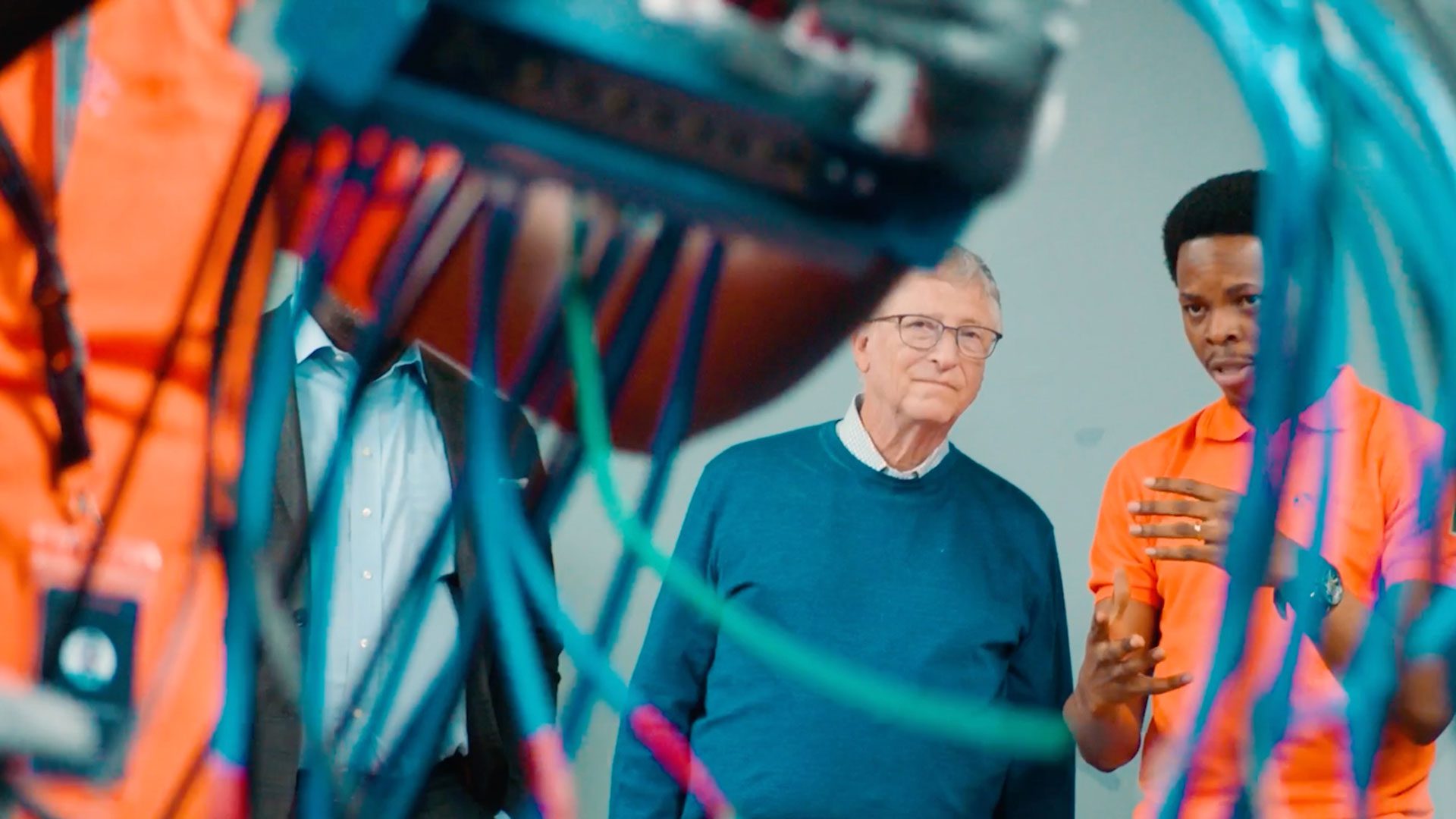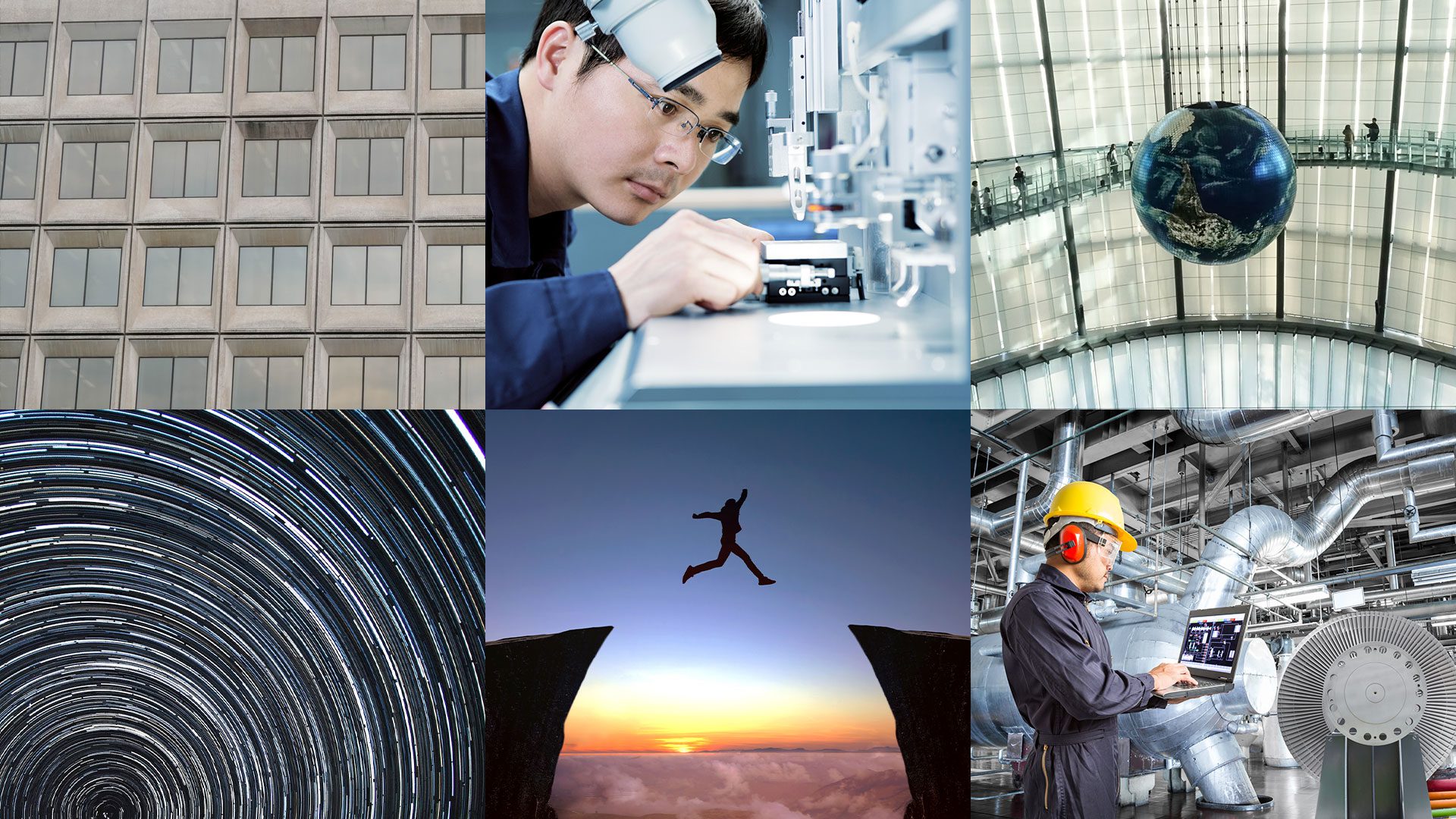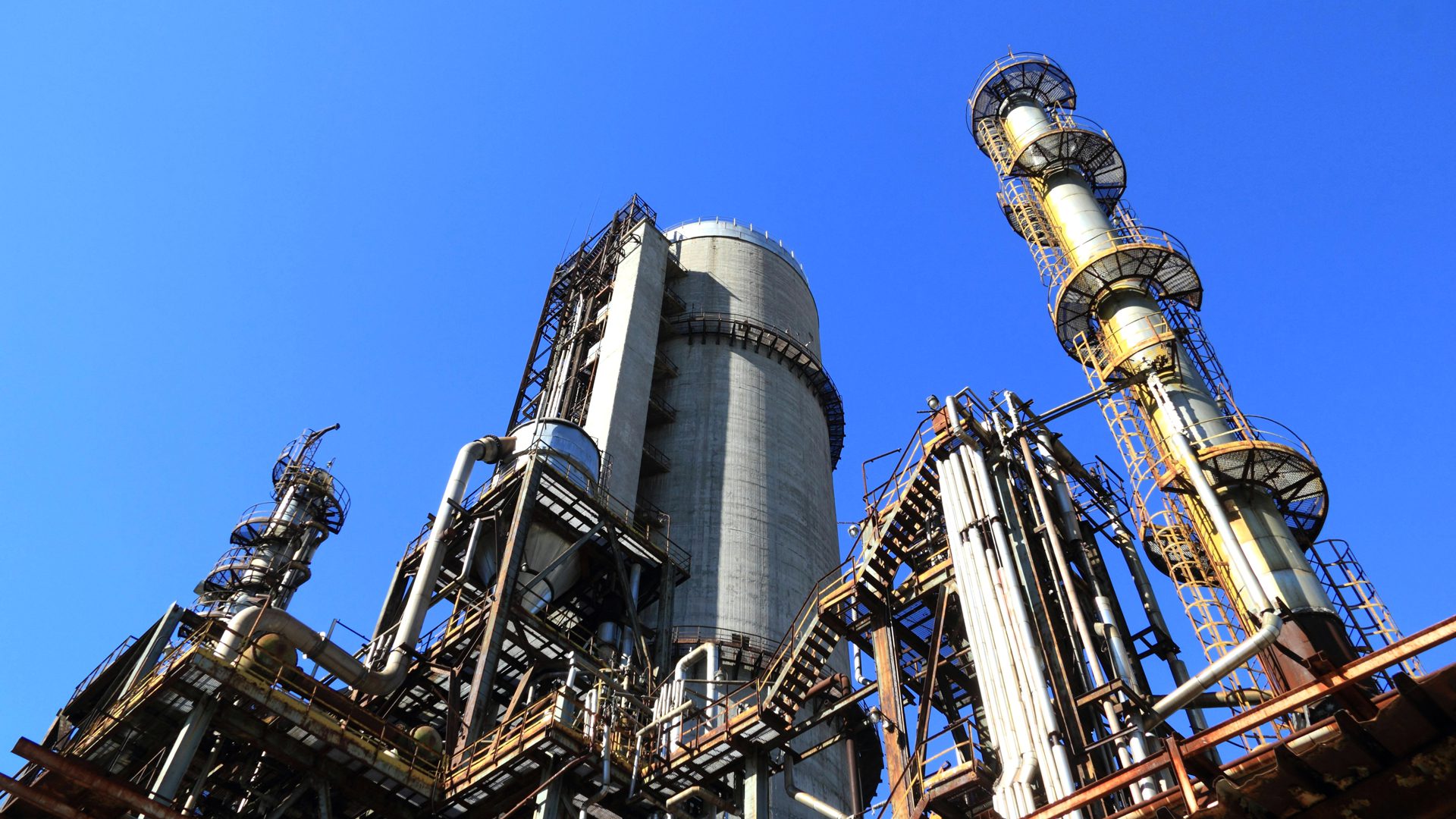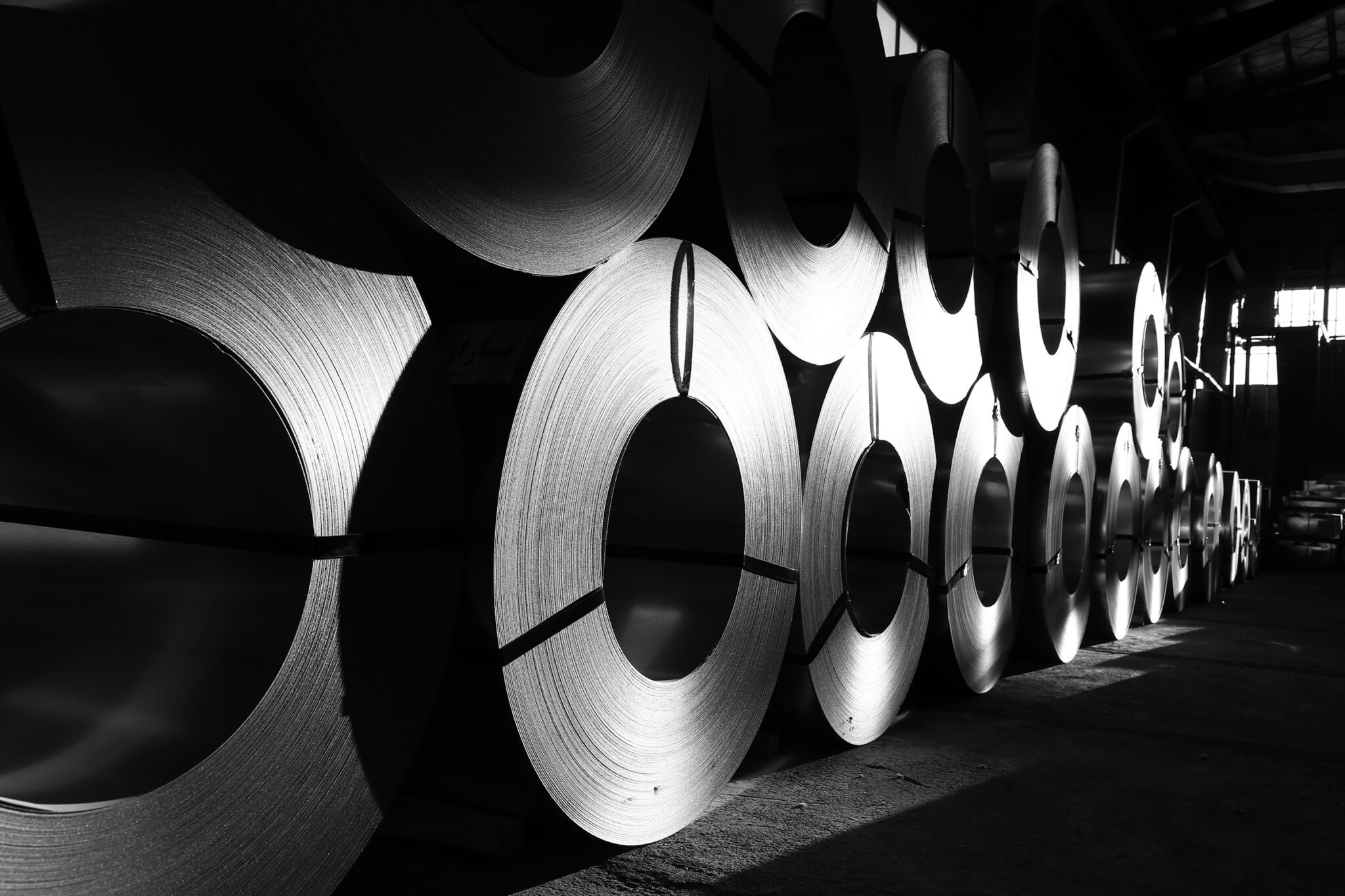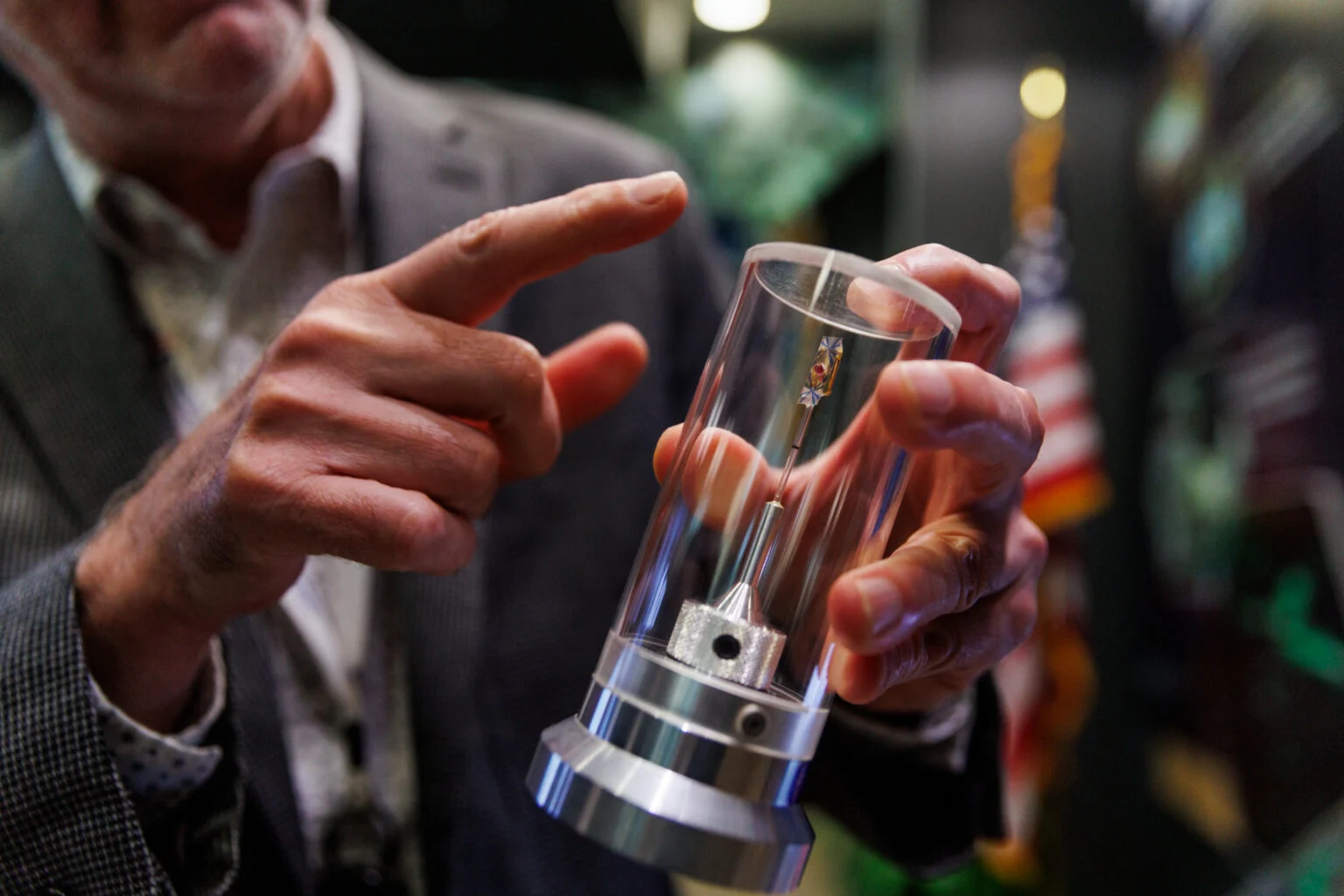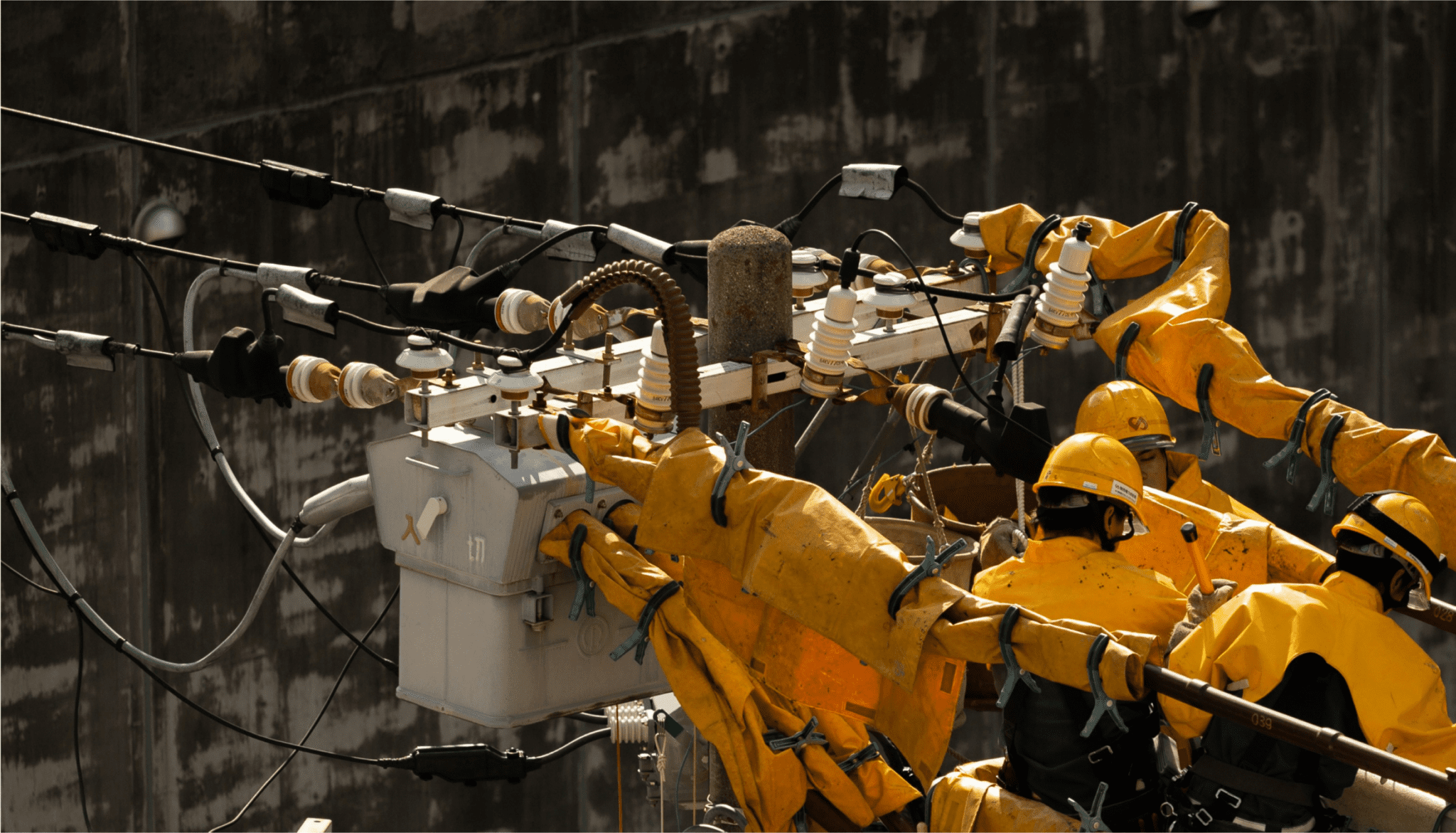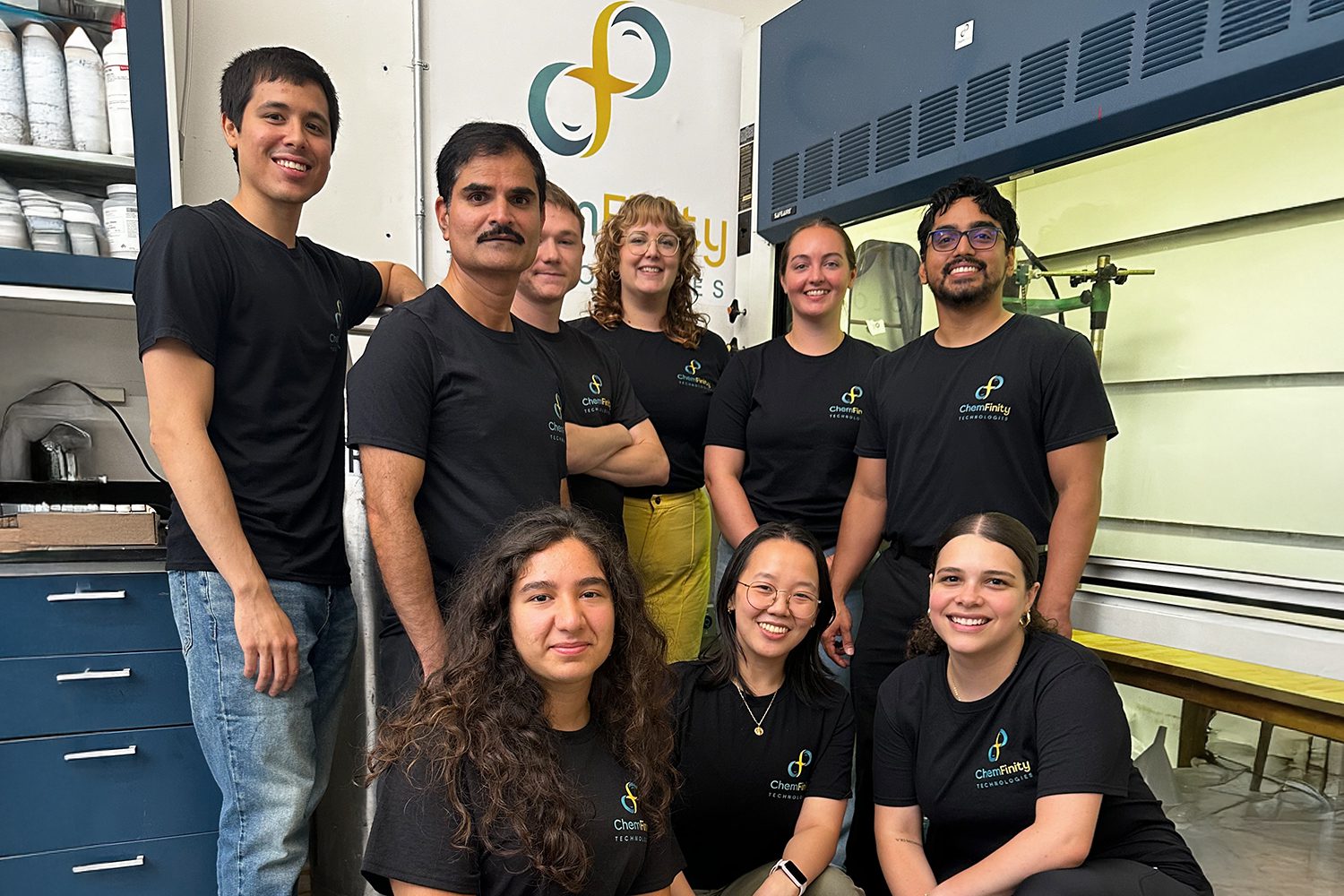Later this year, I’ll attend COP28, the big United Nations conference on climate change being held in Dubai. The meeting is an important opportunity to check on the world’s progress toward the goals for reducing greenhouse gas emissions that countries adopted back in 2015.
Unfortunately, the world has not made nearly as much progress as it needs to.
When we’re experiencing record-breaking temperatures, fires, floods, and other extreme weather events each week, it’s hard not to be disheartened. Climate change is already affecting most people’s lives, and when we think about the impact on our families and future generations, it can feel overwhelming. That’s understandable. The scale and speed of the transformation required to build a clean energy future is unprecedented.
Within that daunting reality, I am still an optimist. I have seen how human ingenuity and innovation can tackle great challenges. For example, since 2000, the world has reduced by almost half the number of children who die every year. That is humanity at its best, and it drives my optimism. I believe we can still get to net-zero carbon emissions, avoid a climate disaster, and create a more prosperous future for everyone.
You may be wondering what the guy who made software knows about climate change. It has been a journey for me. It started with a question: “Where are all the lights?”
For decades, I puzzled over this when traveling with the Gates Foundation throughout sub-Saharan Africa. One trip to Nigeria in the early 2000s stood out in particular.
I met kids who did homework by candlelight or under a streetlamp. I met women who spent hours every day collecting firewood so they could cook over open flames in their homes.
I learned at the time that roughly a billion people around the world didn’t have reliable electricity. And most of them lived in sub-Saharan Africa.
The work of the Gates Foundation is all about reducing poverty and helping people lead healthier, more productive lives. But it’s hard to stay healthy if your local medical clinic can’t keep vaccines cold because the refrigerators don’t stay on. It’s hard to be productive without lights to read by. And it’s hard to build an economy with jobs for everyone without reliable, affordable electricity for offices, factories, and call centers. A society’s progress is directly tied to how much energy it can access. And the cheapest, most reliable sources of energy have long been fossil fuels.
I realized that to reduce global inequities, energy had to be affordable and reliable for everyone, everywhere. Unfortunately, the most readily accessible solutions to that problem led straight to another problem: climate change.
Getting to Zero
For years, I didn’t think much about climate change. I knew that greenhouse gases were causing the planet to warm, but I assumed that cyclical variations or other factors would help us avoid the worst outcomes.
Then I asked two climate scientists, Ken Caldeira and David Keith, to educate me about the climate, and what they showed me was astonishing. No matter how you sliced it, the takeaway was the same: As long as humans keep adding greenhouse gases to the atmosphere, temperatures will continue to rise. And unchecked rising temperatures will eventually make the planet nearly uninhabitable for humans.
After talking to Ken and David, I couldn’t get climate out of my head. I read the latest studies and reports. I watched video lectures on the Earth’s changing climate by physics professor Richard Wolfson. I read Weather for Dummies (which is a terrific book, by the way).
The Problem of Inequity
There is a dilemma: The world needs to cut its carbon emissions to net zero, but the poorest countries—who have done little to contribute to climate change—desperately need access to more energy. And they need this energy at affordable prices so they can develop their economies and improve people’s lives.
While the world has made extraordinary progress in bringing down prices of solar power and electric vehicle batteries, in most activities that produce emissions—including manufacturing and agriculture—the extra cost of clean solutions is still very high. To have a hope of getting to net-zero emissions, we need to make clean products as cheap as ones that produce carbon.
When I see a tough problem, my first thought is always, “How can innovation help solve this?” My careers at Microsoft and the Gates Foundation have reinforced my belief that innovation—including new perspectives, different approaches, and breakthrough technologies—can open up new possibilities and help people improve their lives. In the case of climate change, I believe that innovation is the key to helping all countries eliminate their emissions.
The Turning Point
I spent the next decade learning as much as I could and making a few big bets. The more I learned, the more I realized that innovation was still on the sidelines of climate investments, policy, and action. In 2015, the French government was due to host COP21 in Paris. As politicians around the world prepared for what was being hailed as a landmark event, I watched as thousands of students and activists around the world held rallies, demanding that their leaders do more to prevent a climate disaster. Their passion inspired me.
I felt like I needed to do more. Not only did I have significant resources that could help, I could also use my voice to draw more attention and money to solutions that had been missed so far. I set out to get innovation on the agenda at COP21 and encourage world leaders and private investors to spend more money on a key part of the puzzle: research on ways to reduce emissions.
Getting R&D funding on the agenda was an urgent issue—government R&D spending was low, and so was private investment. So, I was delighted to see that world leaders and investors came through. By the time the Paris conference kicked off, French President François Hollande, U.S. President Barack Obama and Indian Prime Minister Narendra Modi, convinced twenty heads of state to commit to doubling their budgets for energy research and development as part of a new initiative called Mission Innovation.
In addition, to provide funding for the growing companies that would take new solutions to scale, I worked with more than two dozen investors to start Breakthrough Energy Ventures. Since then, this venture capital fund has supported more than 100 start-up companies working on every area of emissions. To be considered for funding, each company must prove they can reduce emissions by at least half a gigaton.
Eight Years Later - Discover, Develop, Deploy
BEV was a crucial effort, but venture capital alone could not fix the problem.
There were many ingenious innovators who might be on the cusp of discovering a breakthrough but didn’t have the connections, experience, and other things they needed to further develop their idea into a workable business. We also began to understand the complex challenges facing companies trying to deploy their technologies. We wanted to provide more support to help overcome these barriers. And governments needed to help the innovation ecosystem flourish by funding more research and adopting policies that help new technologies get to a large scale.
To address these challenges, we created Breakthrough Energy, an organization with partners from the private, public, and philanthropic sectors around the world. Working with this network of partners, Breakthrough Energy is leading a number of efforts to help entrepreneurs and innovators discover new ideas, develop those breakthroughs into successful companies, and deploy them into the world. BEV, the venture capital fund, is part of Breakthrough Energy. So is the Breakthrough Energy Fellows program, which helps emerging innovators build out their ideas. The Catalyst program funds large-scale, first-of-a-kind projects in the deployment phase. And around the world, Breakthrough Energy’s policy teams advocate for government actions that will accelerate our journey to net zero.
We’ve made more progress in just a few years than I could have hoped for, and it’s made one thing clear: there are solutions to our climate challenges.
Looking Ahead
I was recently back in Nigeria, meeting with young innovators in energy, health care, and other sectors. One of them was Femi Adeyemo, the founder and CEO of Arnergy, one of the fastest growing renewable energy companies in Nigeria. Arnergy provides schools, hospitals, and small businesses throughout the region with affordable, reliable, and clean energy systems. BEV supports Arnergy, and with time, I hope that it will be just one of many companies advancing meaningful climate solutions in Nigeria and around the world.
People like Femi keep me optimistic that we can overcome climate change. It is the hardest challenge humanity has ever faced and will require unprecedented levels of ingenuity, collaboration, and funding. But it is possible if we act now.

